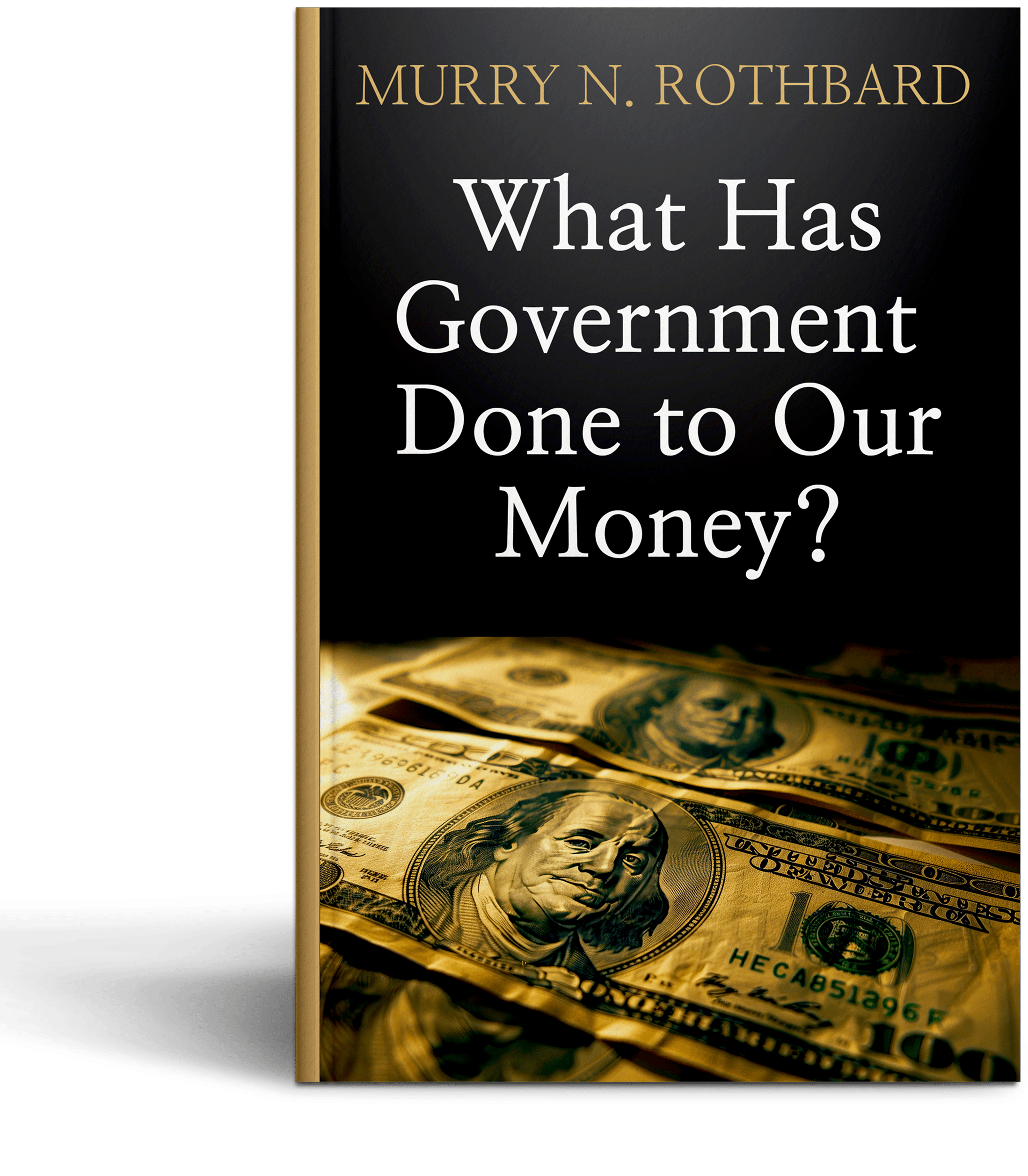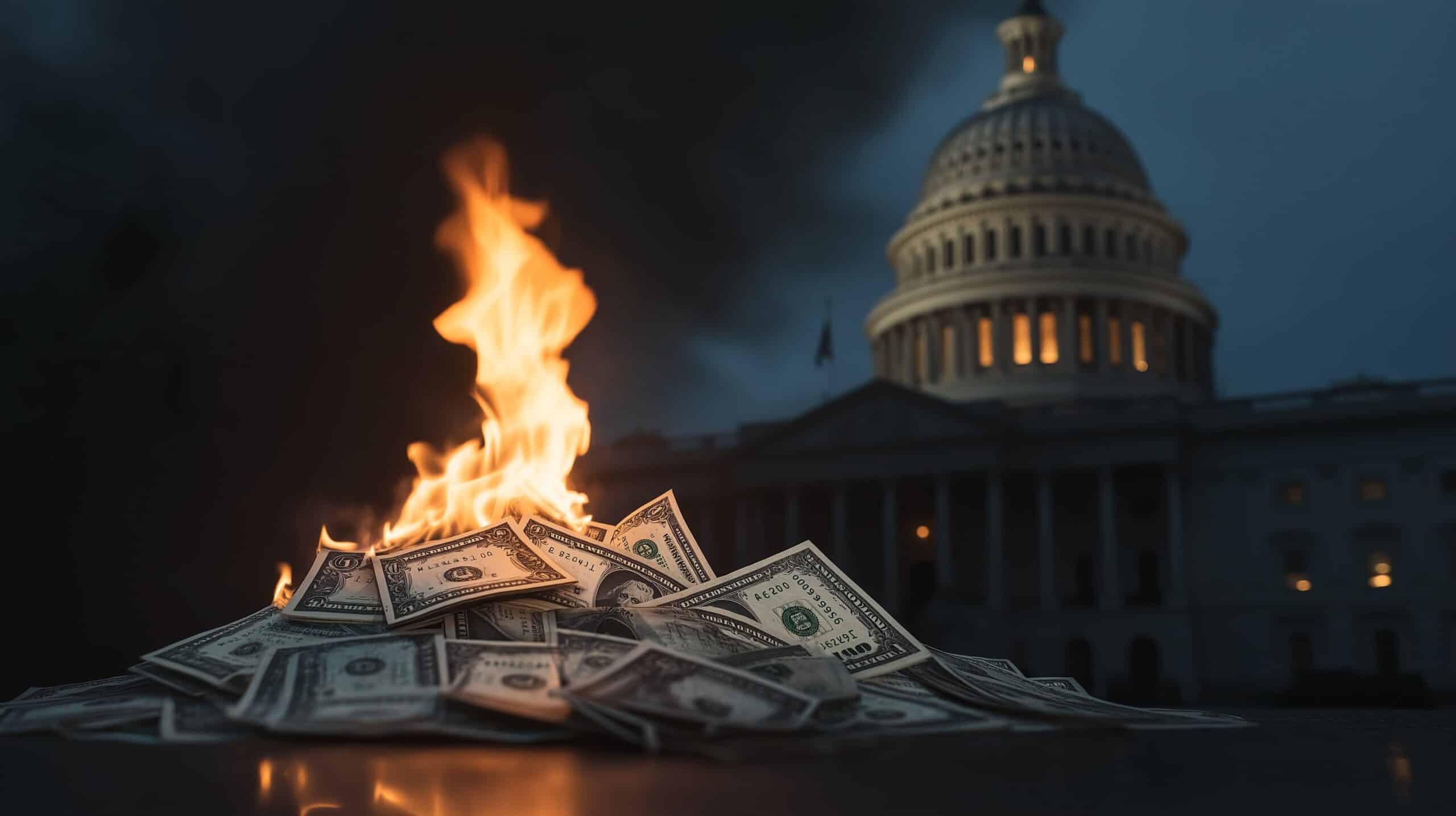The U.S. Treasury’s latest 20-year bond auction was a wake-up call. Demand came in weaker than expected, forcing the government to offer over 5% in yield—its highest level since October 2023—to entice investors. This signals growing investor unease about the ballooning federal deficit, especially in light of new spending proposals projected to add at least another $3 trillion to the national debt.
Behind the scenes, the Federal Reserve quietly stepped in, purchasing over $43 billion in Treasurys in a single week—despite public claims that it’s shrinking its balance sheet. These stealth interventions suggest the Fed is working to suppress yields and maintain market stability, even as it slows the pace of runoff for Treasurys while allowing mortgage-backed securities to continue rolling off. The goal? Prevent borrowing costs from getting “out of hand” as deficits mount.
Ryan McMaken, writing for The Mises Institute, notes that this pattern—rising debt, weak Treasury demand, and backdoor Fed intervention—has historical precedent. The risk for regular Americans is that the Fed often finances these purchases with newly created money, which puts upward pressure on inflation. As the government increases its reliance on artificial demand to fund spending, purchasing power could be the first casualty.
Key Takeaways
- The May 2025 auction of 20-year Treasury bonds saw poor demand, with yields climbing above 5%—the highest since late 2023.
- In response, the Federal Reserve quietly purchased over $43 billion in Treasurys, despite ongoing claims of balance sheet reduction.
- The Fed has slowed the pace of Treasury runoff to just $5 billion/month, while allowing mortgage-backed securities to decline more aggressively.
- McMaken argues this reflects the Fed’s priority: supporting Treasury prices to keep government borrowing costs manageable.
- Historically, Fed purchases of Treasurys are financed with newly created money, which increases inflation risk.
- As deficits grow, investors should expect more market interventions—and weaker purchasing power for the dollar.
Read the full article here.


